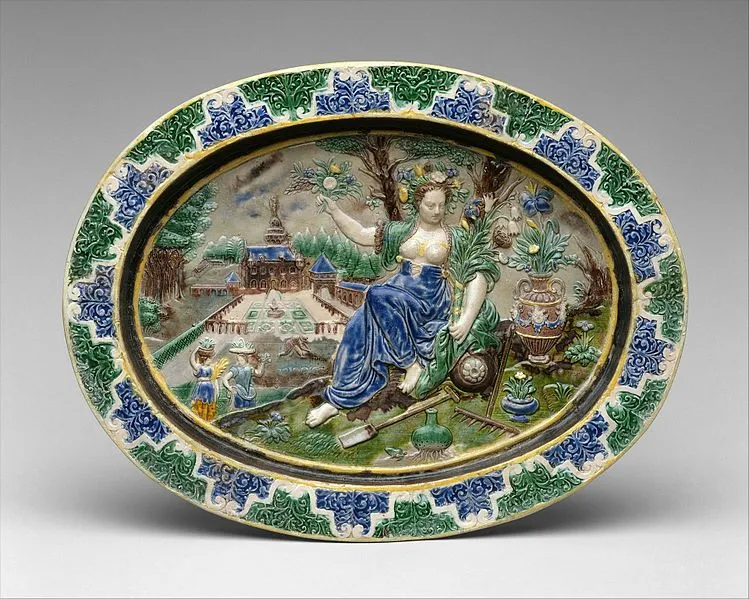Antique ceramics guide: the different types of ceramics, their value and how to fix and clean them
Unlike many other art forms, collecting ceramics and pottery is fairly accessible. Vintage and antique pottery and ceramics are fairly ubiquitous, due to the fact that most households will have owned some kind of tableware over the generations, much of which is passed down. Even if you haven’t inherited anything, you can start collecting now.
Whether you enjoy hunting down bargains at flea markets and second-hand shops or making investment purchases at antique fairs and auction houses, ceramics and pottery are a great place to start. Unlike paintings or tapestries, you don’t need a wall to hang them on. Ceramics can be part of your everyday life. You can throw your loose earrings and rings into vintage cabbageware or drink your tea from a Wedgwood mug.
Check out new ceramic artists and potters on Instagram or take a trip to The Potteries (Stoke, Stoke-on-Trent and Staffordshire) to visit iconic British pottery factories, and start your collection now.
What are ceramics?
A ceramic is created by shaping and then firing a non-metal material, such as clay, at a high temperature. Ceramics are permanently changed when they are placed under this intense heat during the firing process. Early ceramics were often pottery objects –pots, vessels or containers –but since then, ceramics have evolved to become more artistic, not necessarily tied to a practical use. You’ll now see ceramics brought to life in tableware, tiles and sculptures, as well as bowls and cups.
Traditional ceramics are made using clay, with additional ingredients added to create different types of ceramics.
If you're interested in buying antique ceramics but don't know where to start, check out our guide to how to buy antiques on Instagram.
What is a ceramic glaze?
Glazes are added during the firing process to create smooth, shiny surfaces and help protect the ceramic. Glazes are a type of glass that stick to the clay surfaces and help seal the porous ceramic when holding liquids. They also decorate a ceramic, as well as simply waterproof it, adding a glossy or matte finish and colour.
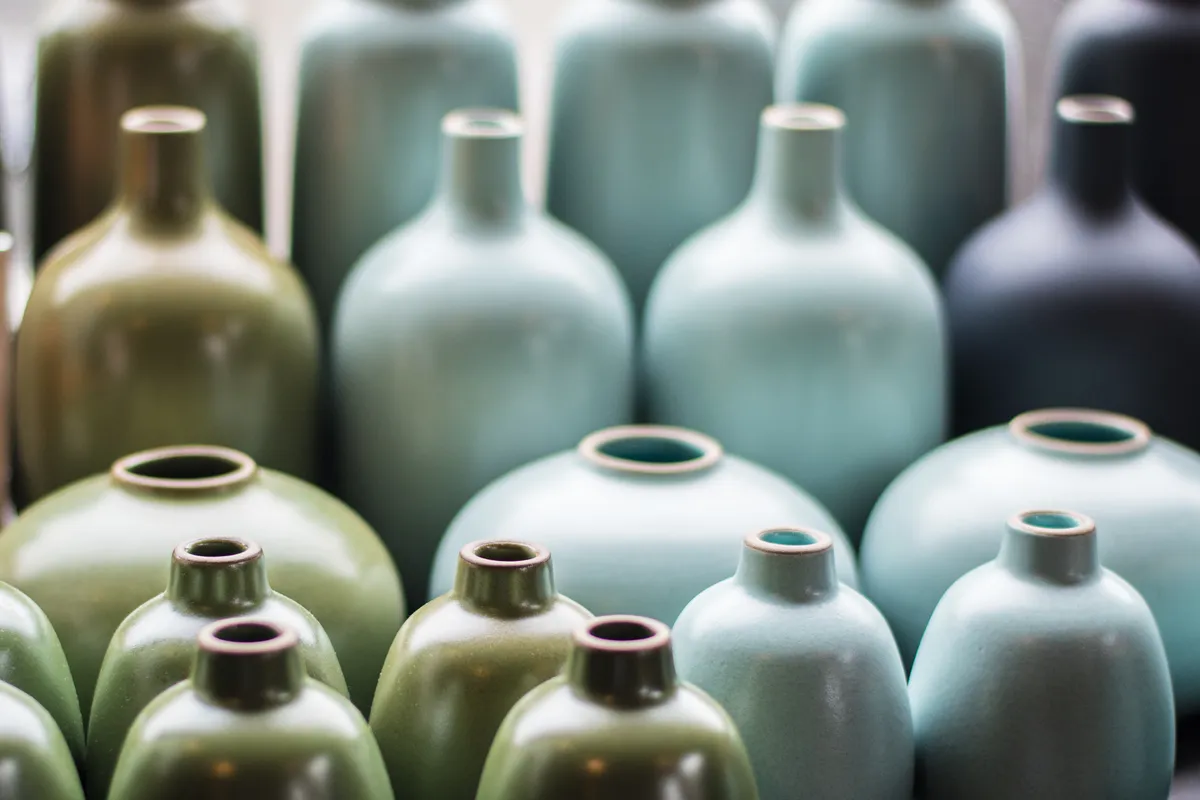
How do you date ceramics and when do they become antique?
Older pottery will have been made by hand, with the modern motor-driven potter’s wheel only developed more recently. Looking for marks can also help you determine when the ceramic might have been made, with potters and craftspeople often etching onto the bottom of their pieces. You can also determine a ceramic’s age by its type (what it’s made of) and what type of glaze was used.
As for the question of when a ceramic becomes an antique, it's a little vague. The term 'antique' is used differently among different dictionaries, collectors and experts. Some consider it simply to be a collectable item from the past, while others, likeAntiques Roadshowexpert Theo Burrell, are more specific. He believes an antique to be anything over 100 years old.
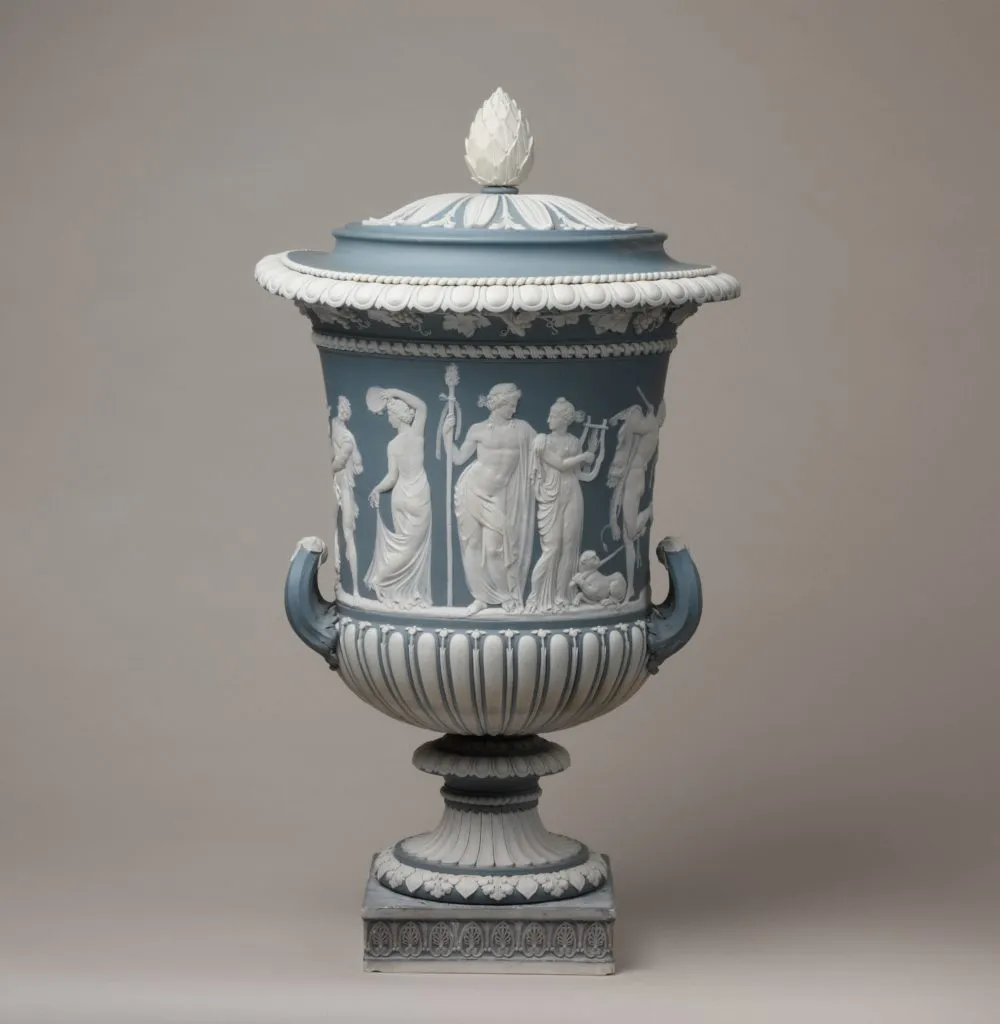
How do you know if ceramics are valuable?
There’s no definitive value to a ceramic, but there are a few tell-tale signs you should look out for and consider when you’re looking to value your pieces and get them appraised.
Authenticity: Some will be obvious, but there are authenticators trained in this art if you think you might be sitting on a real gem. A designer or marker’s mark or signature is a particularly good sign that a piece is authentic – but it could have been forged. Even if you’re fairly sure a ceramic has been made by a particular designer, it will be much more valuable if it has their mark or signature on it as it helps confirm the verification.
Condition: If there are any breakages or damage to a ceramic, it will depreciate in value. A good restoring job can help revive it, but make sure you go to a reputable restorer.
Rarity: If a ceramic was particularly ubiquitous during its period of manufacture, it will be worth much less. This is why people often go to studio potters for their investment pieces, as the runs are significantly shorter and therefore each individual piece is worth more.
Popularity: As certain pieces come in and out of popularity, they will increase and decrease in value. This is why it’s sometimes good to store any ceramics that might not currently be fashionable –in ten years, they might be!
Find out how to get an antique valued here.

How to fix broken ceramics
If you have a particularly valuable ceramic that has been damaged, you’re best off going to the experts and getting it properly restored. However, if there’s an object you love at home that you’d like to fix yourself, try it!
You’ll need to start by washing and drying the chipped surfaces of the ceramic, making sure the pieces are free of any dirt. Then, try fitting them together without using glue. Are there any gaps missing? If so, you’ll need to recreate them somehow. It’s then time to apply the glue or adhesive.
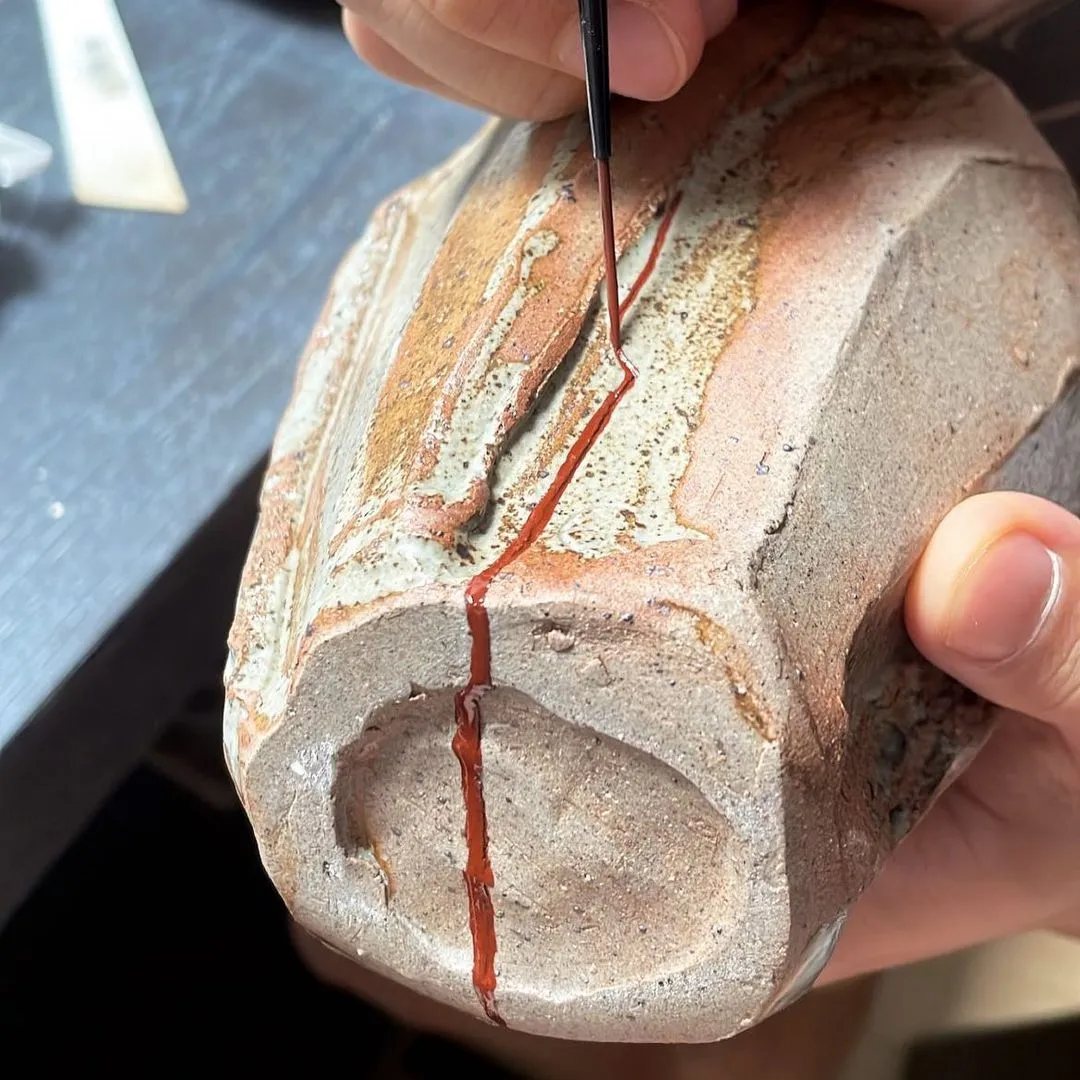
The best glues to buy to fix broken ceramics depend on what the item is used for. Some glues are great for repairing ceramic figurines, but will melt when they come into contact with hot liquids –so won’t be suitable for a mug. Thin fluids are better for joining pieces of broken ceramics.
After the glue has been applied and you’ve waited for it to dry, you can file and sand the visible break lines with an emery board to make sure any glue is now in line with the contours of the object.
Alternatively, if you don’t mind showing off the damage, you could try the Japanese tradition of kintsugi. It translates as ‘golden joinery’, and uses a lacquer mixed with gold, silver or platinum to glue pieces together again, showing off the cracks and celebrating its breakages as part of the item’s history. It’s a trend that’s become hugely popular in recent years and there are brand new ceramics being sold that feature the kintsugi method.
Find out more about the history of kintsugi and how to do it here.
The art of kintsugi, demonstrated by @yodomo.co via Instagram
How to clean valuable ceramics
Before you clean your ceramic, you need to make sure the type of ceramic you’re handling –as well as any other materials that might be on the object, such as handles – is safe to wash and won’t be damaged. To check for any structural damage, tap the porcelain lightly with a fingernail. It should have a clear, ringing sound. If it’s duller in sound, there might be some kind of structural flaw.
Place the ceramic on a stable surface. To be extra cautious, use a cotton wall swab with a little warm water and detergent. Swab this over the surface of the object, making sure the swab is always clean. Afterwards, wipe over it again with water and blot dry. Always be careful when approaching unglazed areas, which can be particularly vulnerable to staining.
Never use a dishwasher to clean valuable ceramics! Its high temperatures and high-pressure water can damage any fragile ceramic items.
How do you identify different types of ceramics?
Earthenware
Earthenware is a type of ceramic made of clay that has been fired at relatively low temperatures, between 1,000°C and 1,150°C. It is therefore a more porous, coarser and brittle ceramic than stoneware or porcelain, so needs to be glazed. Terracotta is a basic form of earthenware.

Stoneware
Stoneware is a type of ceramic made of clay that has been fired at a high temperature, around 1,200°C. Stoneware is naturally non-porous, so any glaze that is applied is purely decorative.
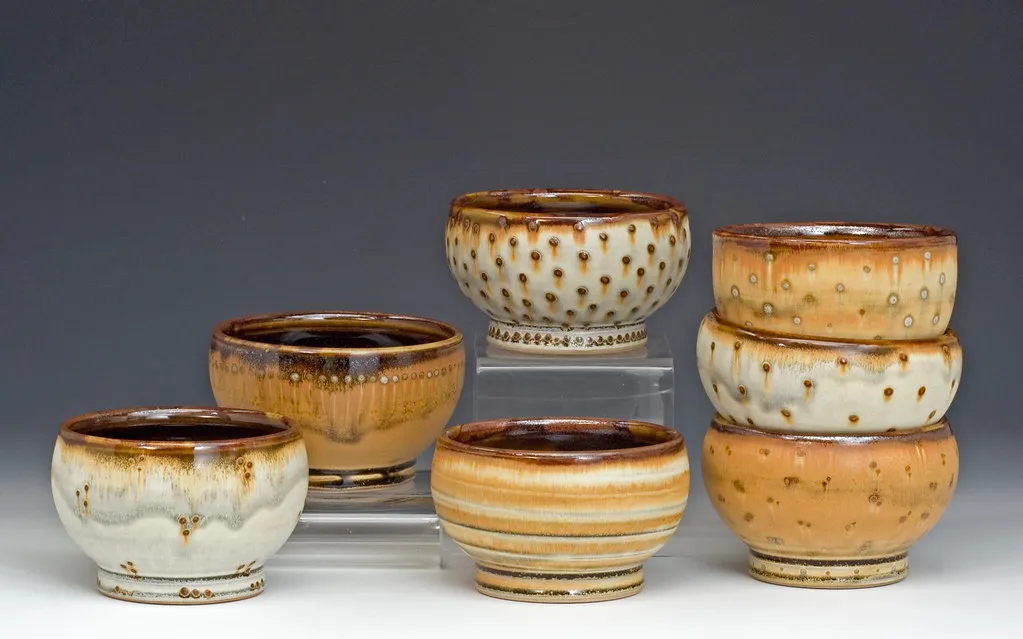
Porcelain
Porcelain is a hard, translucent white ceramic, with a surface that resembles the texture and finish of an eggshell. This is also known as ‘fine china’, thanks to its early Chinese origins. It is made using glass, granite and feldspar minerals, which are combined and ground up with a fine, white clay and mixed with water. The materials are then fired between 1,200°C and 1,450°C, before being glazed and refined.
There are two types of porcelain: hard paste and soft paste. Paste refers to the mixture used to create the porcelain. Soft-paste porcelain–also known as ‘artificial porcelain’ –was commercially produced in France from the late 17th century. Unlike the hard-paste porcelain, it doesn’t use kaolin or china clay, so can crack if exposed to boiling water. The term ‘soft’ refers to the lower comparative temperatures required to fire it.
Hard-paste porcelain is the ‘true’ or Oriental style of porcelain, and has become the most enduring form due to the fact that it is more economical to produce and can withstand higher temperatures during the firing process. It is also more durable and can withstand boiling water.
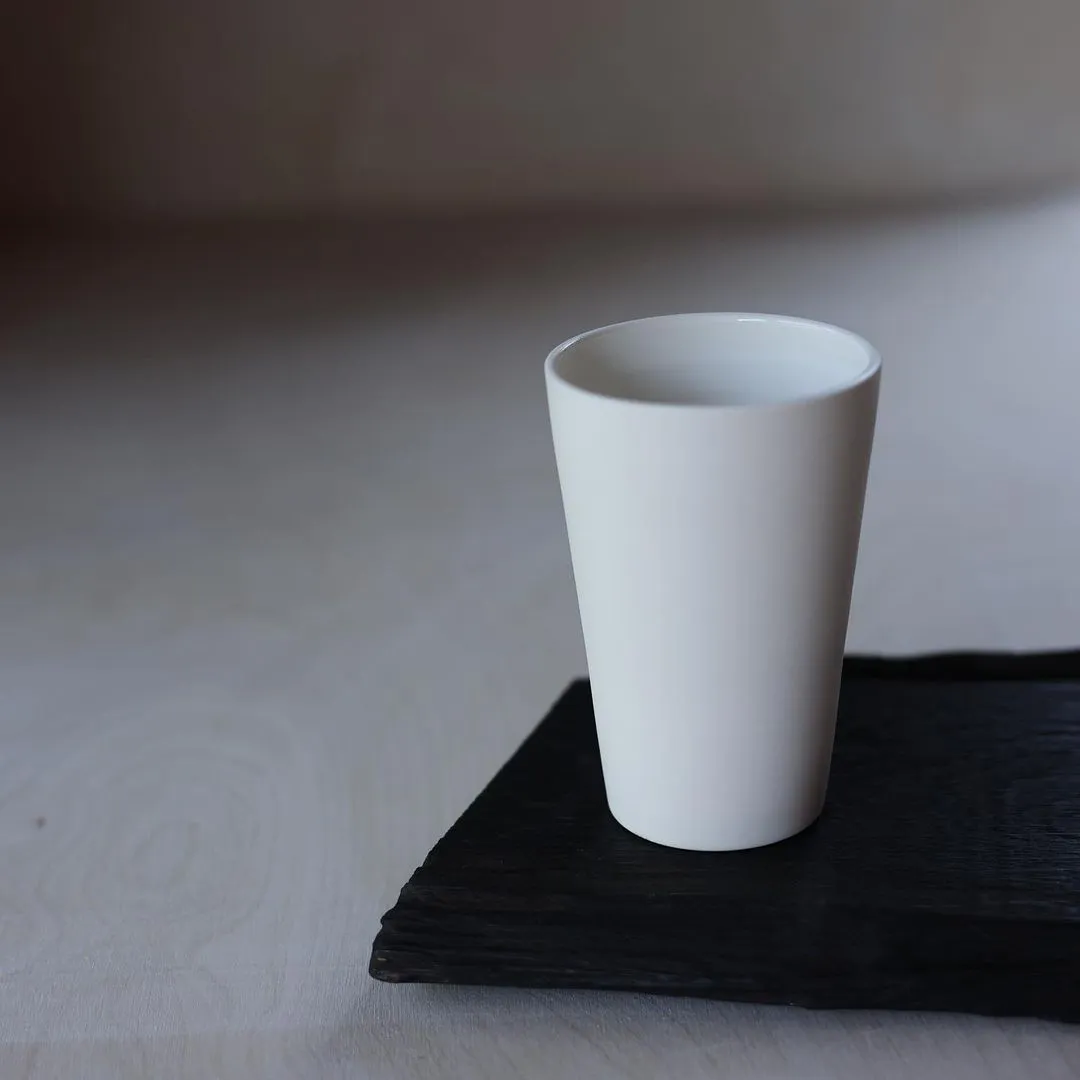
You may also like:
Bone china
Bone china is a ceramic which is stronger than porcelain. Like porcelain (fine china), it is made with feldspar materials, but instead of glass and granite it is mixed with fine silica sand and ash from cattle bones.
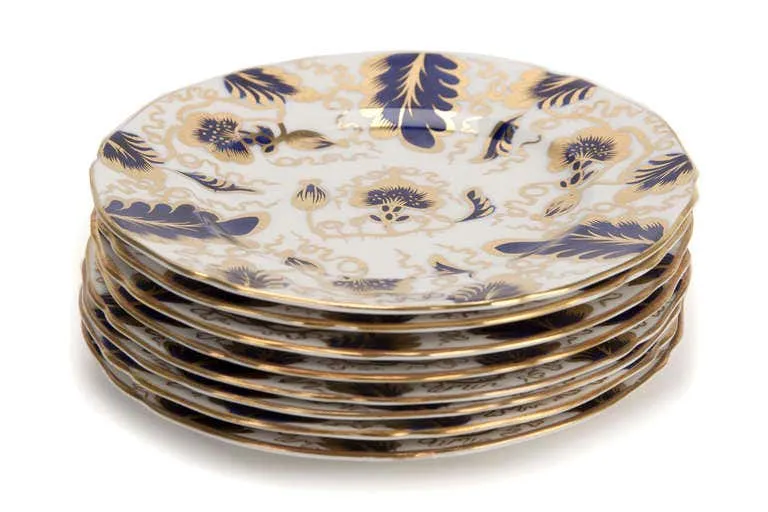
Slipware
Slipware is a form of ceramic that has been treated with a runny, semi-liquid clay, or ‘slip’. The slip is often scratched to create a sgraffito decoration revealing the body colour beneath, a style particularly seen in Islamic pottery. Contemporary potters inspired by the slipware tradition include Philip Leach, John Hudson and Doug Finch.
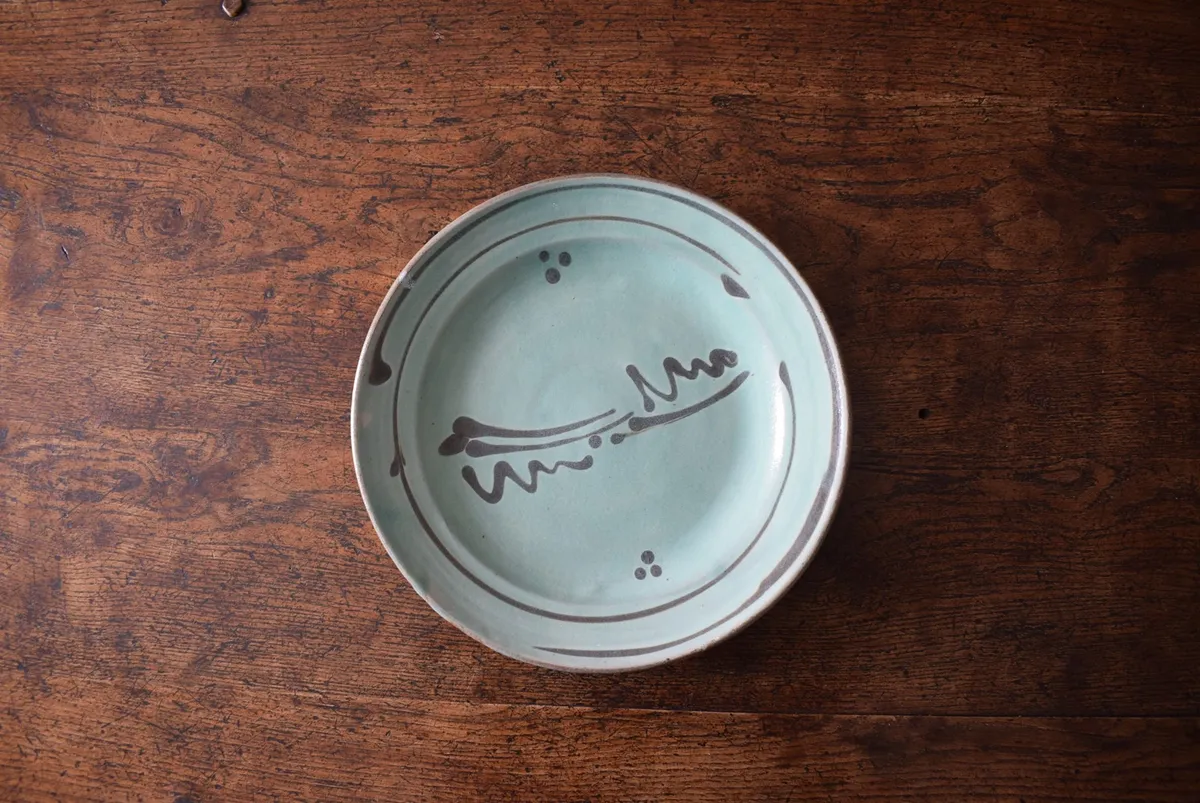
Delftware
Delftware is a form of Dutch ceramic, created predominantly using blue and white colour patterns. To mimic the imported Chinese porcelain of the 1600s. It is tin glazed, meaning that it has been covered in a lead glaze with added tin oxide, which createsa white, opaque colour and provides a background for coloured decoration. Delftware was made between 1620 and 1850 but has now become a symbol of Dutch culture and is ubiquitous across the Netherlands. Original Delftware was made in Delft, but there have since been many imitations.
To identify ‘the real deal’, take a look at any chips in the glaze. Authentic delftware will have yellow or red clay underneath. Any chips or slight damage are quite common, because the earthenware objects were fired at around 1,000°C, a temperature not high enough to fuse the clay and glaze completely. As a result, the glaze easily flaked off.
Take a look at our round-up of the best blue and white ceramics to add a few hints of delftware to your tableware and home accessories.
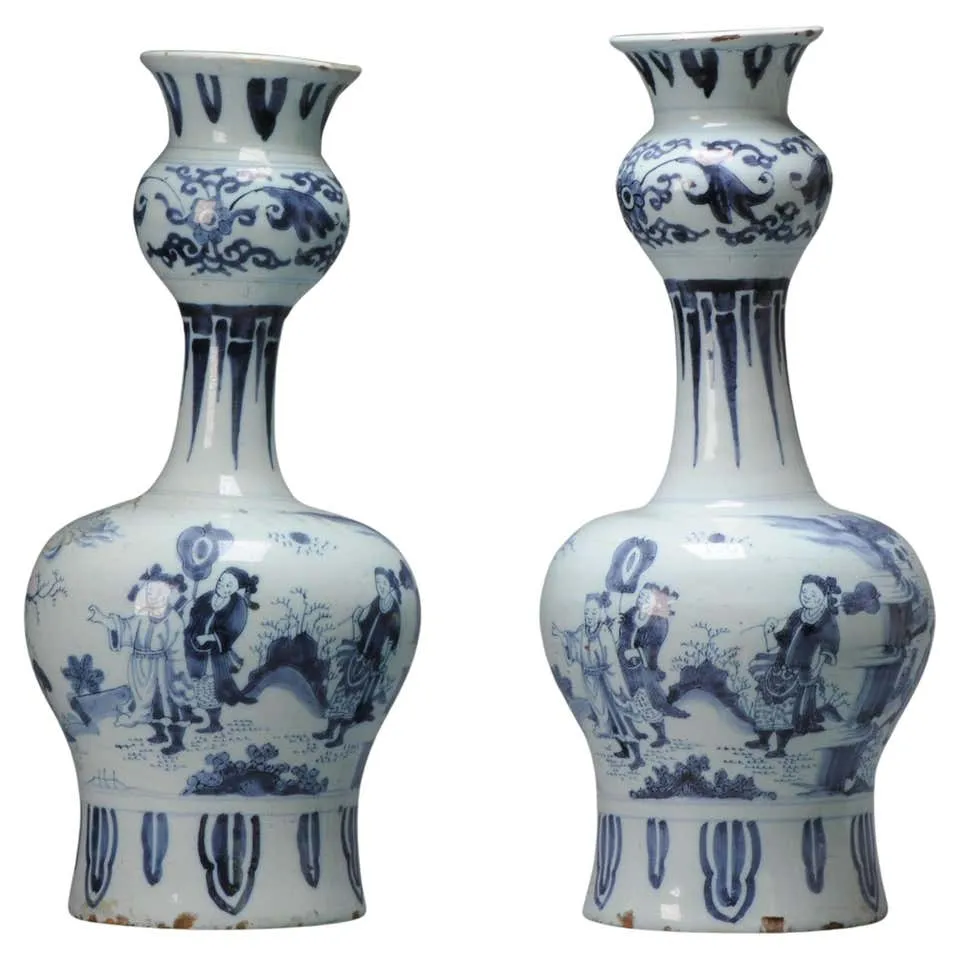
Creamware
Creamware is a cream-coloured form of English earthenware, particularly popular during the latter half of the 18th century. It was developed by potters in Staffordshire when they were attempting to find a substitute for Chinese porcelain. The cream colour was actually a happy accident during their experimenting, and was continued to be made into the 19th century and beyond. It uses a glassy lead glaze, which was so much better suited for domestic ceramics that it supplanted white salt-glazed wares in the late 18th century.
The most notable producer of creamware was Josiah Wedgwood.
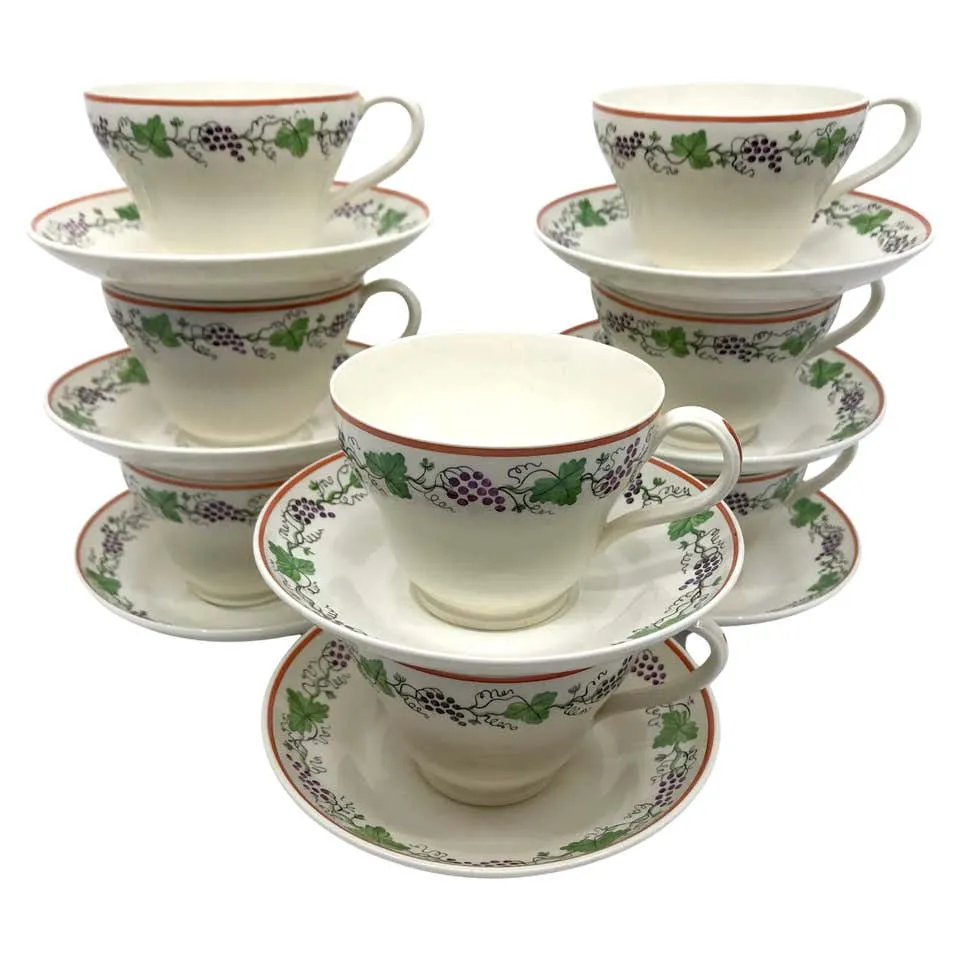
Queen’s ware
Queen’s Ware is a type of light white earthward with a bright glaze developed by Josiah Wedgwood from creamware.
Josiah Wedgwood attracted the patronage of Queen Charlotte, which gave his work the name ‘Queen’s ware’, with hundreds of pieces of his creamware ceramics supplied to Queen Charlotte and Catherine II the Great of Russia.
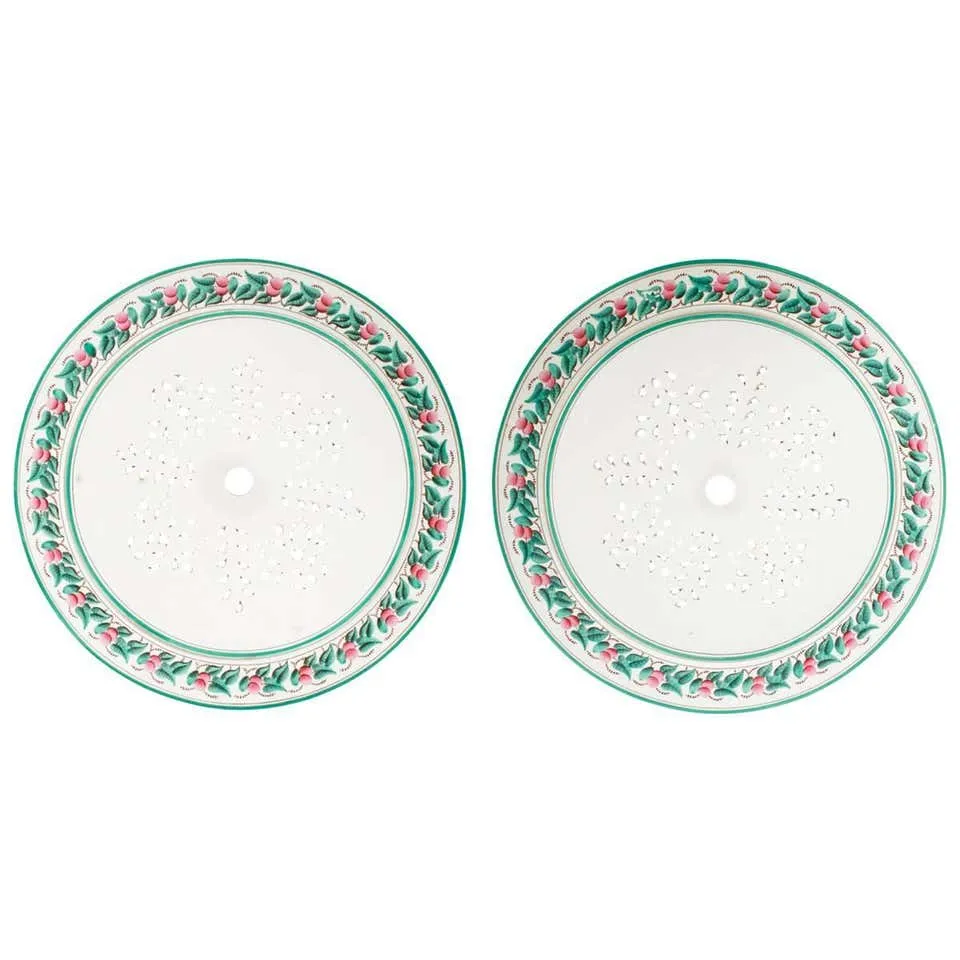
Pearlware
Pearlware was another development in ceramics by Josiah Wedgwood, who lightened the cream colour of his creamware to create a new desirable shade of bluish white. This was achieved using cobalt in the lead overglaze.
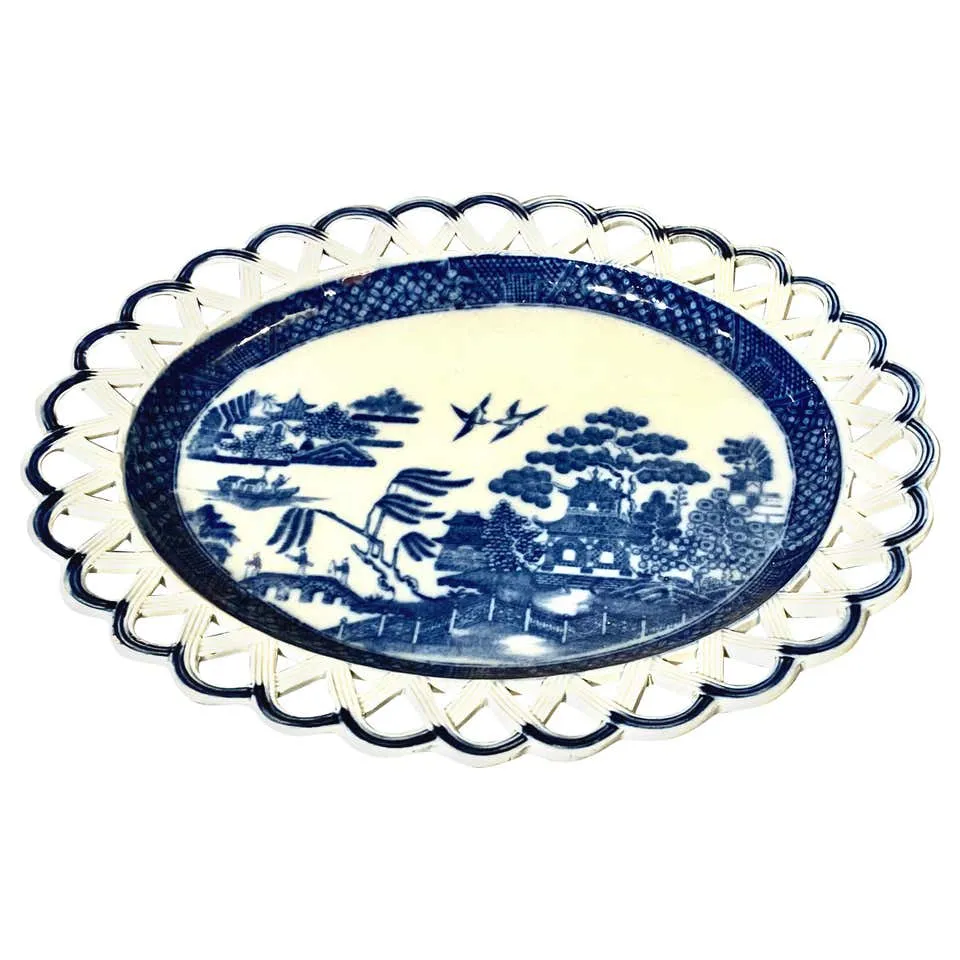
Mochaware
Hailing from Stoke-on-Trent, mochaware is a type of ceramic decorated with tree or fernlike patterns, often with blue or beige bands wrapped around the item. They resemble the pattens found in moss agate, a gemstone formed from silicon dioxide also known as ‘mocha stone’. The patterns are created by touching or driving an acidic solution onto the wet slip of a vessel. The solution is a mix of ingredients such as tobacco juice, stale urine, turpentine or vinegar, and its acidity reacts with the alkaline slip to create these unusual tree-like designs.
Manufactured around the world, mochaware was the cheapest form of decorated ware available so is fairly common in the UK, France and North America.
Find out more about the history of mochaware here.
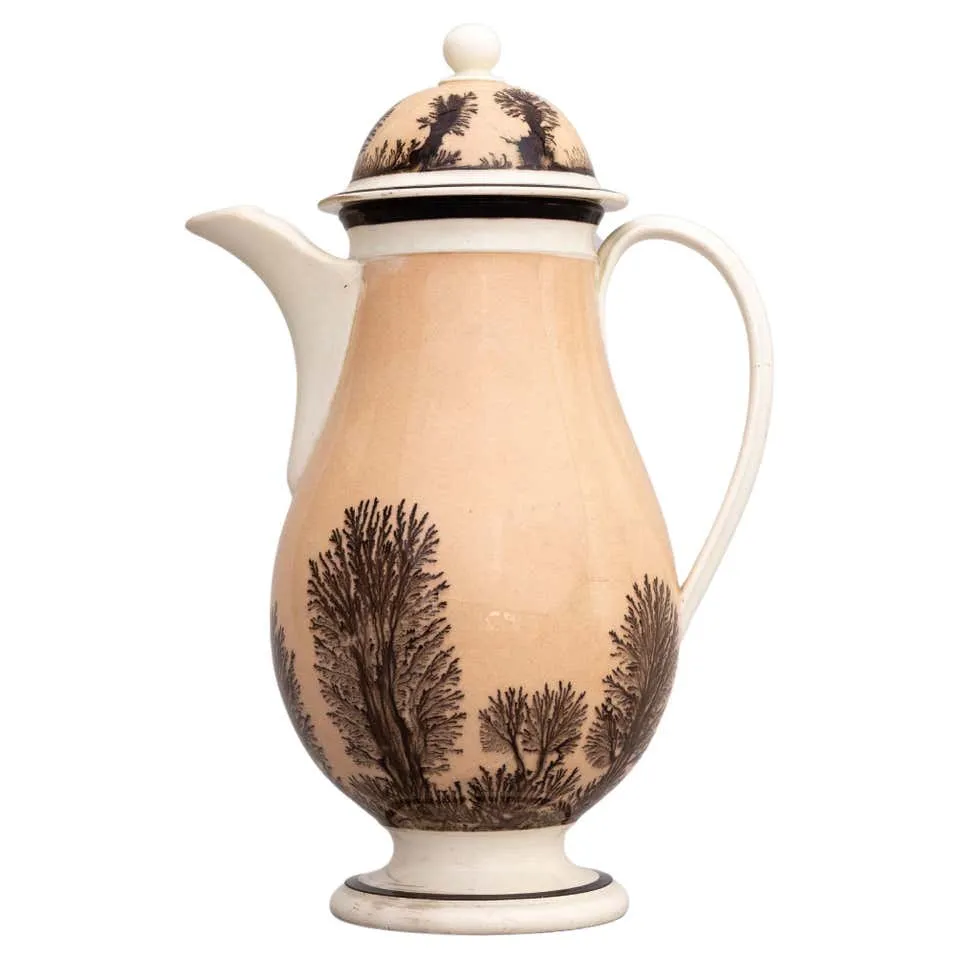
Jasperware
Jasperware is a type of ceramic first developed by Josiah Wedgwood in the 1770s. Its smooth, hard stoneware style is often decorated using iconic neoclassical designs. The hard stoneware has a fine grain that means it can be stained in a variety of colours, most prominently a chalky blue-grey. Wedgwood shaped the clay into vases, urns, plaques and tableware.
Check out our Jasperware collector’s guide.

Transferware
Transferware is a style of decorated ceramic that was particularly popular during the Industrial Revolution as a cheaper alternative to hand-painted porcelain china. It’s made with ironstone china, which combines ironstone slag, flint, Cornish stone and clay to create a heavier, thicker, more durable alternative to porcelain.
Copper plates were used to print designs on paper, which was then pressed onto the item to be decorated. The item was then fired, with the paper either floating off in water or burnt in the kiln. Decorative imagery often includes landscapes, animals and floral designs, with early designs showing scenes of the Middle East, India and China.
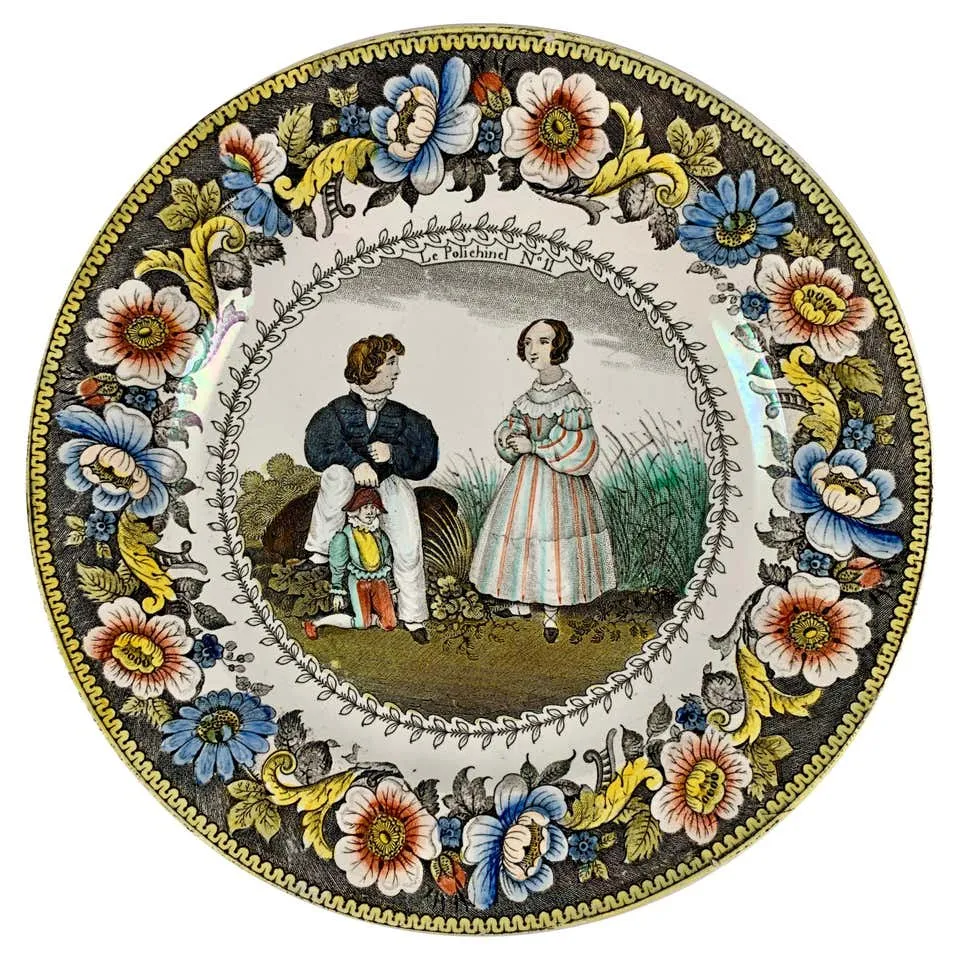
Lustreware
Lustreware is a type of ceramic with a metallic glaze, which makes the object shiny, metallic and iridescent. Thought to have originated in Egypt after centuries of experimentation by Mesopotamian craftsmen, the style evolved thanks to detailed paintings on the ceramic surface.

Cornishware
Cornishware is a brand of ceramic kitchenware, developed in Derbyshires. Its name is said to have been born out of an observation by a salesman from the manufacturer (TG Green & Co), who realised that the blue colour used to decorate the dishware reminded him of the sea and sky in Cornwall. Blue and white stripes are the predominant feature of Cornishware, having been added in the turn of the 20th century. In the years since, different colourways have been created, including red and yellow stripes.
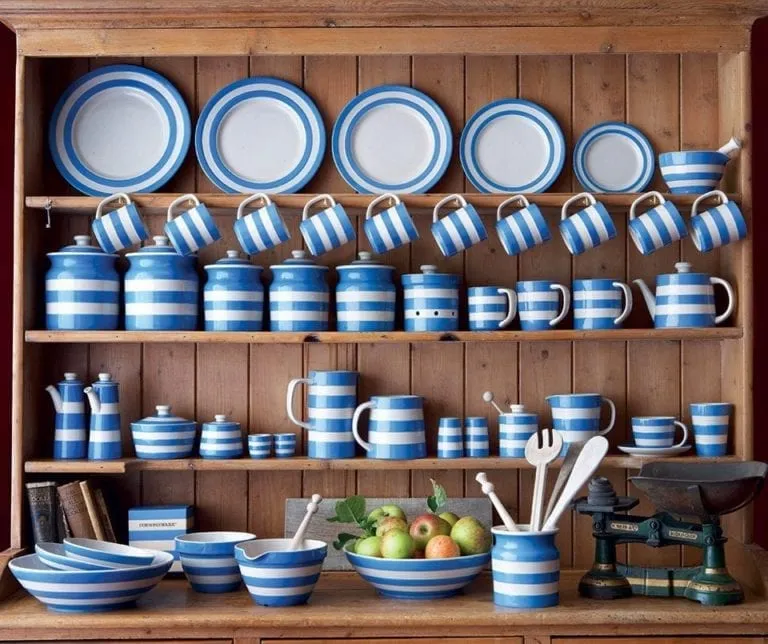
Cabbageware
There was a trend in the 18th and 19th centuries in England and Europe to create pottery and ceramics in natural forms such as fruit and vegetables. As a result, cabbageware and lettuceware became widely available, with popularity rising in the US in the 1960s, thanks to the work of potter Dodie Thayer who made and sold them to celebrities and hostesses in Palm Beach. In recent years, this trend has returned. Tory Burch even created an exclusive lettuceware collection in collaboration with the estate of potter Dodie Thayer.
Find out how to create displays with fruit and vegetable ceramics at home.
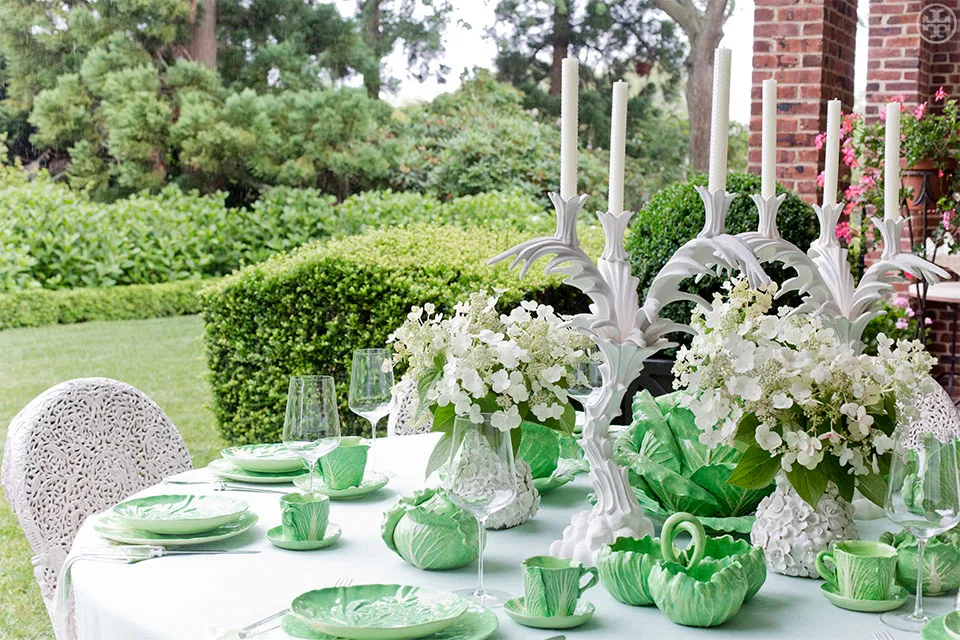
Utility china
Utility china and tableware is plain, glazed and usually available in an offensive range of pastel colours. They are practical and durable, and were particularly prevalent and widely circulated in the UK in the 1940s.
Although pastel colours are now associated with utility china, the style’s origins are much more simple and stripped back. During the Second World War, the government’s Utility scheme aimed to control and manage industrial production and distribution of essential items such as household objects. It was introduced as a way of minimising waste and managing rationing. The ceramics industry was brought under government control during this time, with potteries given a list of approved ‘Utility’ shapes to be produced in white or natural clay colour only. There were no decorations or colours.
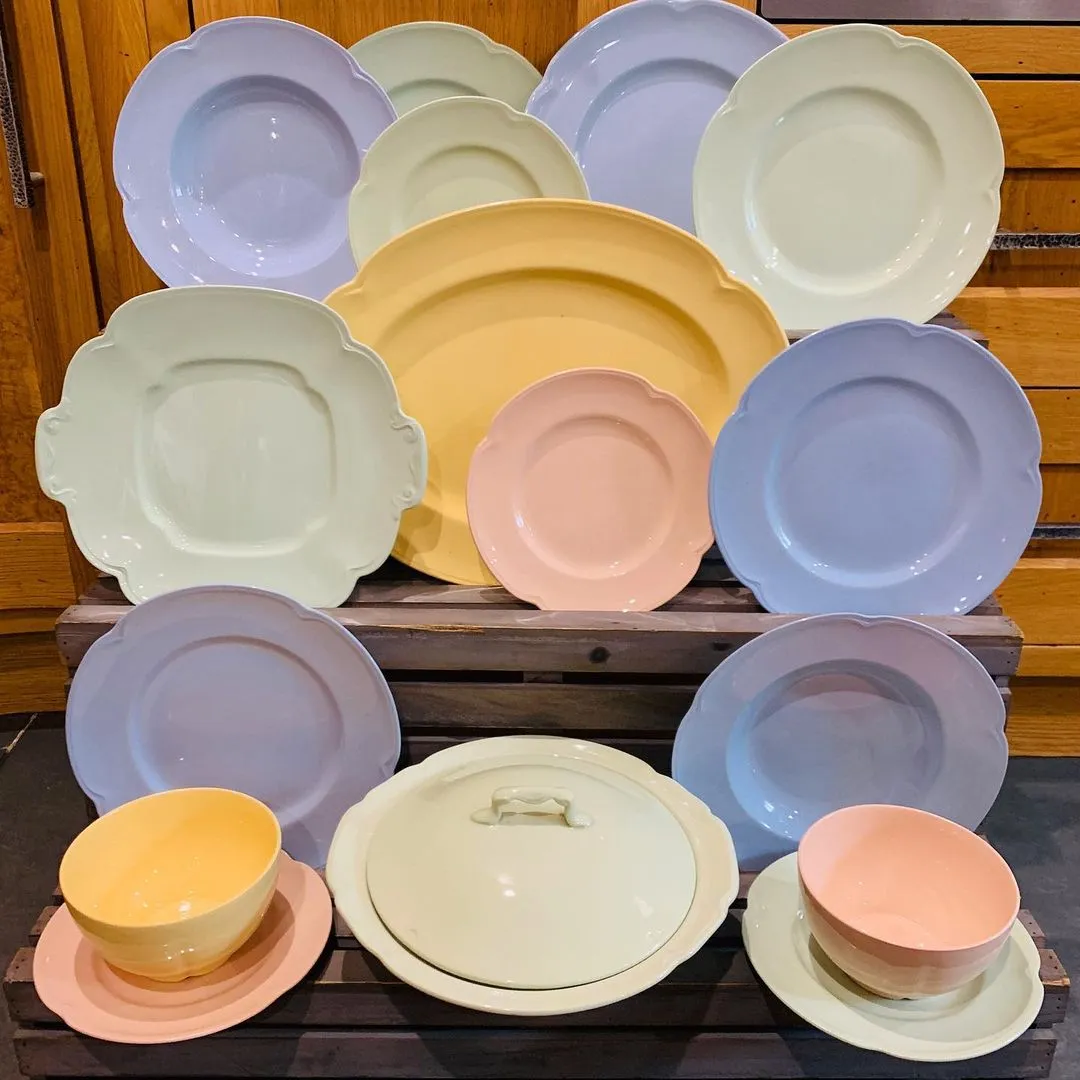
British studio pottery
Studio pottery is pottery made by a professional or amateur artist working in a studio with one-off designs or limited runs. British studio pottery developed in the early 20th century, with British artists experimenting with an art form previously associated with practicality.
Bernard Leach is considered to be the father of British studio pottery, elevating pottery to an art form that was taken seriously by designers and craftspeople alike. Since the 1980s and the rise of artists such as Grayson Perry, studio potters have given way to ‘ceramic artists’, who move away from functional pottery to consider ceramics and pots as canvases and sculptures.
Check out our tips for how to decorate your home with studio pottery.
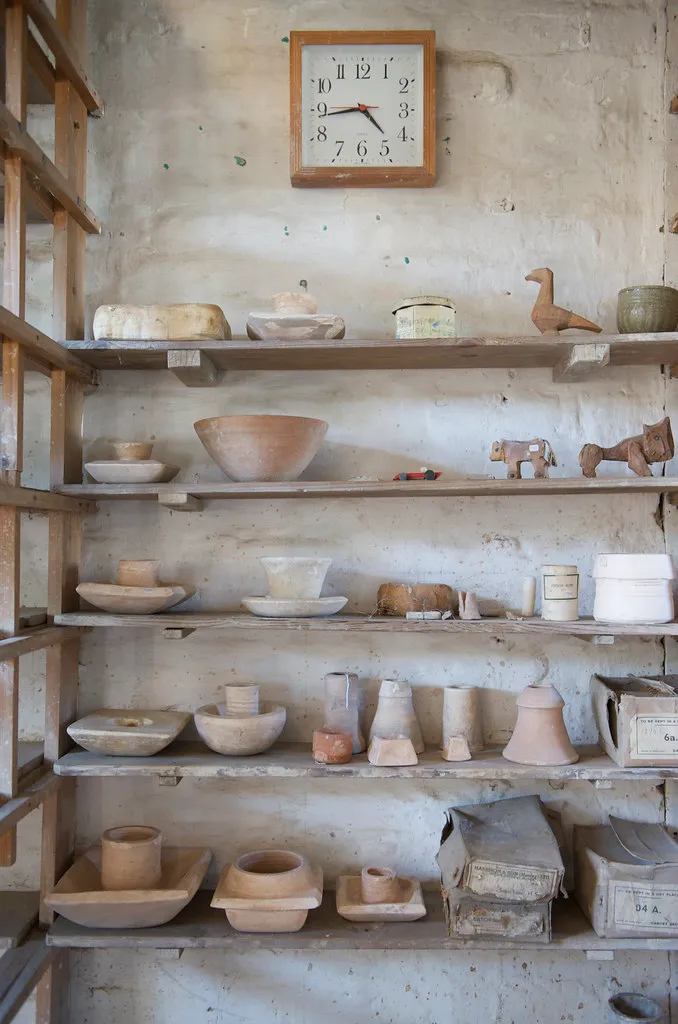
Palissyware
Palissyware is a type of ceramics produced in the style of the French potter Bernard Palissy in his rustic style. It is also known as ‘rusticware’, with an earthy palette of many colours and featuring naturalistic scenes of animals and plants. The designs are created in three-dimensional modelling, with animals or figures rising out of the plate or platter.
